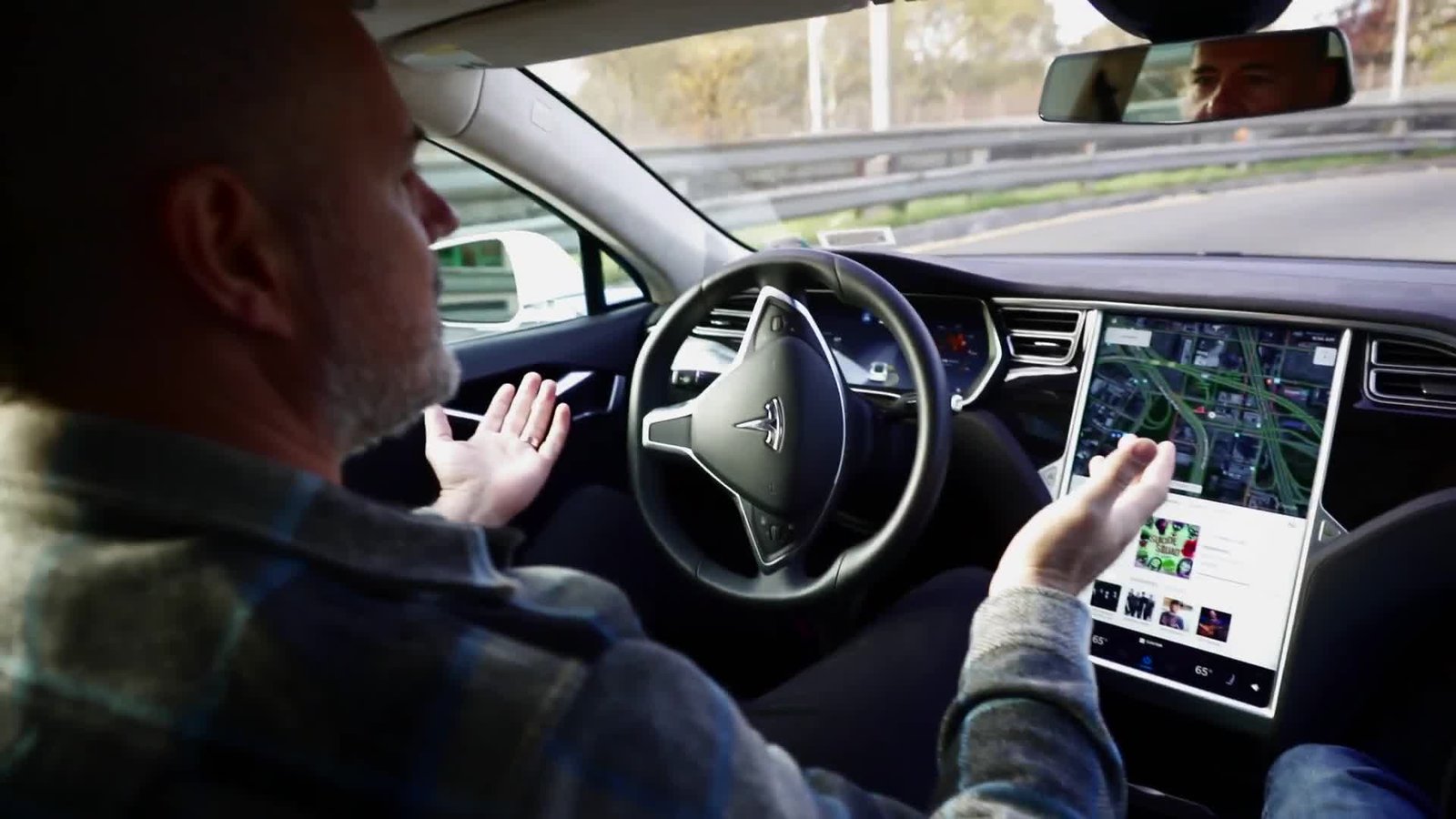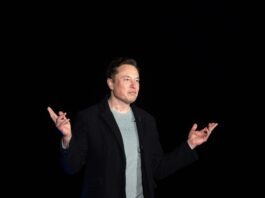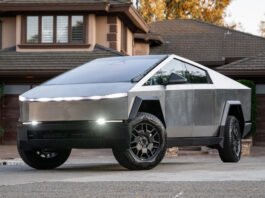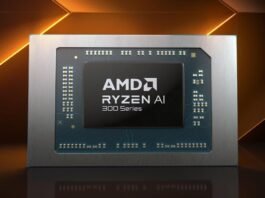A Tesla owner from Ohio has reported a troubling incident involving the vehicle’s Full Self-Driving (FSD) mode. The driver, who shared their experience on the Tesla Motors Club forum under the username cdotyii, claimed that their Tesla Model 3 nearly collided with a moving train while operating in FSD mode. This alarming event marks the second such occurrence within six months, raising significant concerns about the reliability of Tesla’s autonomous driving technology.
Details of the Incident
The most recent near-miss occurred on May 8, 2024, under foggy conditions. According to the driver, the Tesla, equipped with FSD, failed to recognize the closed crossing gates and flashing lights at a railroad crossing. The vehicle did not slow down or alter its course despite the visible warnings of an approaching train. The driver had to take manual control at the last moment to avert a potentially fatal crash, ultimately steering the car away from the tracks but colliding with a nearby pole instead.
Dashcam footage shared by the owner corroborates the account, showing the Tesla moving steadily towards the crossing with no apparent response from the FSD system until the driver intervened. The footage, which has since gone viral on social media, highlights the vehicle’s failure to detect and respond to the critical situation.
Tesla’s Response and Safety Concerns
Tesla markets its Full Self-Driving capability as a Level 2 autonomous driving system, which implies that while the car can perform certain driving tasks autonomously, the driver must remain attentive and ready to take control at any moment. Despite these warnings, incidents like the one reported by cdotyii raise serious questions about the effectiveness and safety of the FSD system in real-world conditions.
The company has not yet released an official statement regarding this specific incident. However, Tesla’s FSD technology has been under scrutiny in the past for similar failures to detect obstacles, leading to crashes and near-misses. Critics argue that the term “Full Self-Driving” can be misleading, as it suggests a level of autonomy that the system does not yet achieve reliably.
Community and Legal Reactions
The incident has sparked a significant reaction within the Tesla community and beyond. On forums and social media platforms, many users expressed their concerns and shared similar experiences, emphasizing the need for Tesla to address these safety issues urgently. Some legal experts suggest that repeated failures of this nature could lead to increased regulatory scrutiny and potential legal challenges for Tesla.
Furthermore, this incident may influence ongoing discussions about the regulatory framework for autonomous vehicles. As technology advances, ensuring that these systems can operate safely in all conditions is crucial to gaining public trust and achieving widespread adoption.
The recent incident involving a Tesla Model 3 nearly colliding with a train while in Full Self-Driving mode underscores the critical need for improvements in autonomous driving technology. While Tesla’s FSD system offers significant advancements, incidents like this highlight the importance of continuous monitoring and enhancement to ensure driver and passenger safety. As the company investigates this incident, users are reminded to stay vigilant and prepared to take control at all times, regardless of the promises of autonomous driving capabilities.







